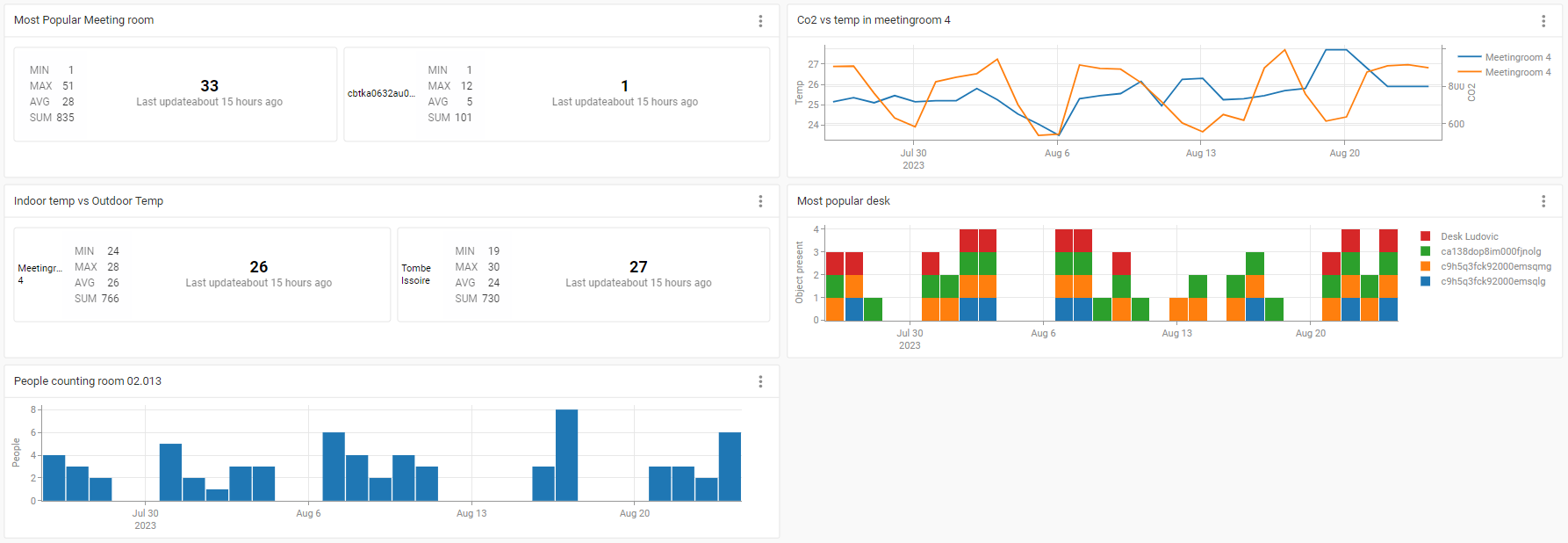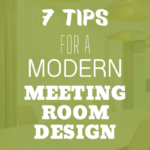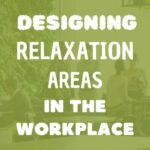
Per a Steelcase study, 24% of employees indicate they devote up to 30 minutes daily searching for collaboration spaces. This lost time considerably affects productivity, especially considering the plethora of technological solutions today designed to enhance meeting room utilization.
By honing these technical nuances, organizations can elevate their operational efficiency and amplify the collaborative experiences of their employees.
Meeting room occupancy is no longer a simple planning exercise, but a dynamic, adaptive and forward-looking process.
Enhancing meeting room utilization: advantages
Improving the occupancy of meeting rooms can have many benefits, both financial and operational, such as:
- Reduced costs – By using rooms efficiently, it is possible to avoid unnecessary expenditure on additional space. It can also reduce costs associated with maintenance, cleaning, security and, above all, audiovisual equipment.
- Increased productivity – When meeting rooms are well managed, employees spend less time searching for available space and can concentrate more on their work. It also avoids double bookings or scheduling conflicts, ensuring that meetings run smoothly.
Occupancy sensors to measure the use of meeting rooms
Room occupancy data can be sourced from multiple avenues such as meeting room reservation systems, employee calendars, and surveillance cameras. Yet, occupancy sensors stand out as the most precise method.

Occupancy sensors are electronic devices capable of detecting the presence of people in a given environment. There are two main types of occupancy sensor:
- Passive sensors detect the presence of people by measuring changes in temperature, light or movement in the environment.
Infrared temperature sensors, light sensors and motion detectors are examples of passive sensors.
- Active sensors emit a signal and measure the time it takes to return to the sensor after being reflected by a moving object.
Ultrasonic, radar and laser sensors are examples of active sensors.
To choose the right sensors for your collaborative workspaces, you need to consider :
- Accuracy: sensors must be accurate enough to detect the presence or absence of a person with an acceptable error rate.
- Range: the sensor’s range must be sufficient to cover the desired area.
- Energy consumption: sensors must be energy-efficient to reduce operating costs.
- Integration: sensors must be compatible with room occupancy management systems.
One limitation for certain companies is the inability to verify if the individual occupying the room matches the one who made the reservation. To address this, the use of sensors will have to be combined with a PIN code or badge solution.
There are also solutions that rely on facial recognition for identification, such as the ones created by Speechi :
Utilizing data to optimise the use of meeting rooms
Collecting data on the use of meeting rooms is essential for understanding how these spaces are used and for identifying opportunities for improvement.
Here are some examples of measurements that can be collected:
- Occupancy rate: the percentage of time a meeting room is occupied.
- Frequency of use: the number of times a meeting room is booked and used per week or per month.
- Types of meetings: the different types of meetings that take place in the meeting rooms (team meetings, project meetings, brainstormings, etc.).
- Average number of participants: the average number of people attending meetings in a given meeting room.
- …
Dashboards: an essential tool for visualising your data
Dashboards are an essential tool for visualising meeting room occupancy data. They enable you to make informed decisions to improve the efficient use of your meeting rooms.
Dashboards can be created using business intelligence or resource management software. There are also SaaS solutions that offer predefined dashboards for meeting room occupancy.
The following factors should be taken into account when choosing the most appropriate solution:
- Cost: SaaS solutions are generally less expensive.
- Ease of use: dashboards must be easy to use for non-technical users.

Selecting the right room occupancy management system is intricate, influenced by numerous criteria. Partnering with an audiovisual integrator, such as Motilde, can be invaluable due to their deep market insights and extensive field experience
Seeking an all-in-one solution? Our experts are just a call away!
Passionate about crafting workspaces that ignite collaboration, innovation, and productivity?
Download our free Ebook :








